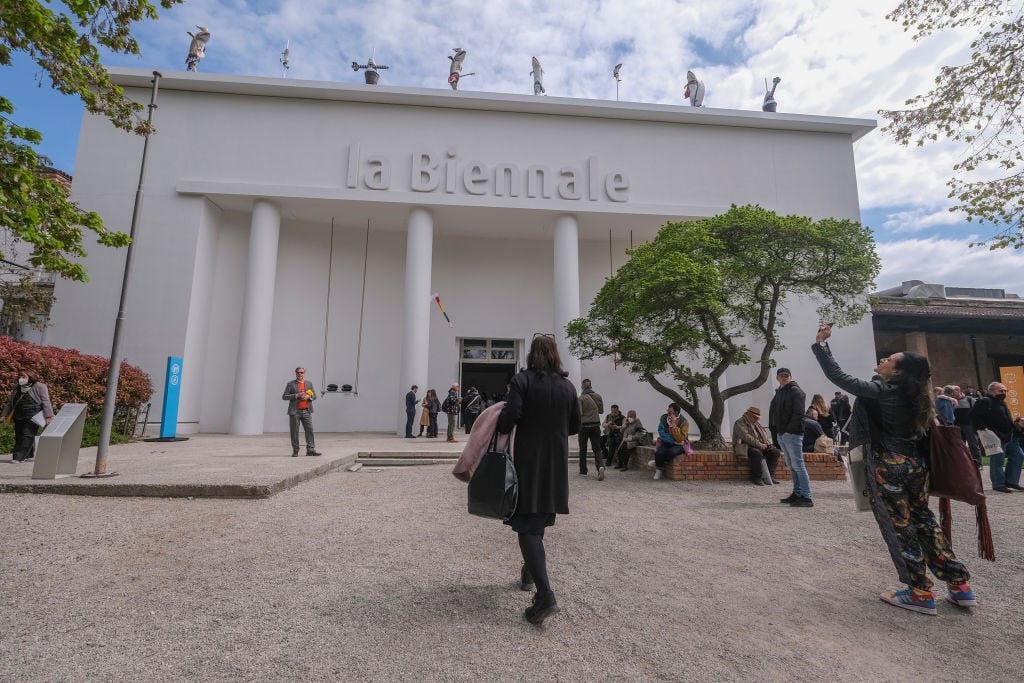Art World
New Zealand Cancels Venice Biennale Pavilion, Citing Inadequate Resources
The pavilion's organizers are searching for a way to better represent New Zealand's arts and culture internationally.

The pavilion's organizers are searching for a way to better represent New Zealand's arts and culture internationally.

Jo Lawson-Tancred

New Zealand has opted not to have a national pavilion at next year’s 60th Venice Biennale, which runs from April 20 until November 24, 2024, according to Ocula.
Creative New Zealand, which oversees the country’s participation in the biennale, issued a report reviewing its pavilion at the 59th edition in 2022. It found that, while the benefits of taking part were clear, “key aspects of the selection and delivery of the country’s representation are no longer sustainable.”
In the longer term, New Zealand is seeking an alternative plan for a new national pavilion in 2026, 2028, and 2030, which will involve finding a partner organization or consortium.
The report highlighted “inadequate” resources as a major factor in the decision to withdraw. The pavilion costs approximately NZ$1.2 million ($715,000) to deliver each two-year cycle, with Creative New Zealand contributing NZ$800,000 ($475,000). This is about 1% of the organization’s annual budget, but the complex exhibition delivery process has previously required a workload that the report deemed “unacceptable.”
The report also investigated the artist selection process, finding that “while Māori artists have represented Aotearoa New Zealand at Venice, Western knowledge, artforms and institutions have historically been promoted and valued more.”
“New Zealand’s participation in Venice is currently designed to serve the individual artist,” the report added. “There is opportunity to move the conversation from personal and singular to how representation provides public and collective value for New Zealanders. Personal and public value should be intimately connected.”
Instead of having a national pavilion next year, several artists from New Zealand who have yet to be announced will be included in the biennale’s main exhibition Stranieri Ovunque – Foreigners Everywhere, curated by Adriano Pedrosa. The European Cultural Center is also including two New Zealand artists, Areez Katki and Caitlin Devoy, in the 7th edition of its “Personal Structures” exhibition that runs alongside the biennale. Their presentations are both funded by Creative New Zealand.
Katki has not yet revealed much about his project, which will be an exploration into the practice of archaeology. Devoy will present BodyObject, which comprises a performance video and playfully corporeal sculptures of everyday objects, including a floppy, phallic musical instrument suggestively titled Wall Hung (pink two-tone) (2020).
The New Zealand Pavilion was established in 2001 and recent highlights have included an exhibition by Berlin-based artist Simon Denny in 2015 and Māori artist Lisa Reihana in 2017. Check out Artnet New’s list of artists that are headed to Venice next year.
More Trending Stories:
JTT, the New York Gallery Known for Minting Star Artists, Is Closing After More Than a Decade